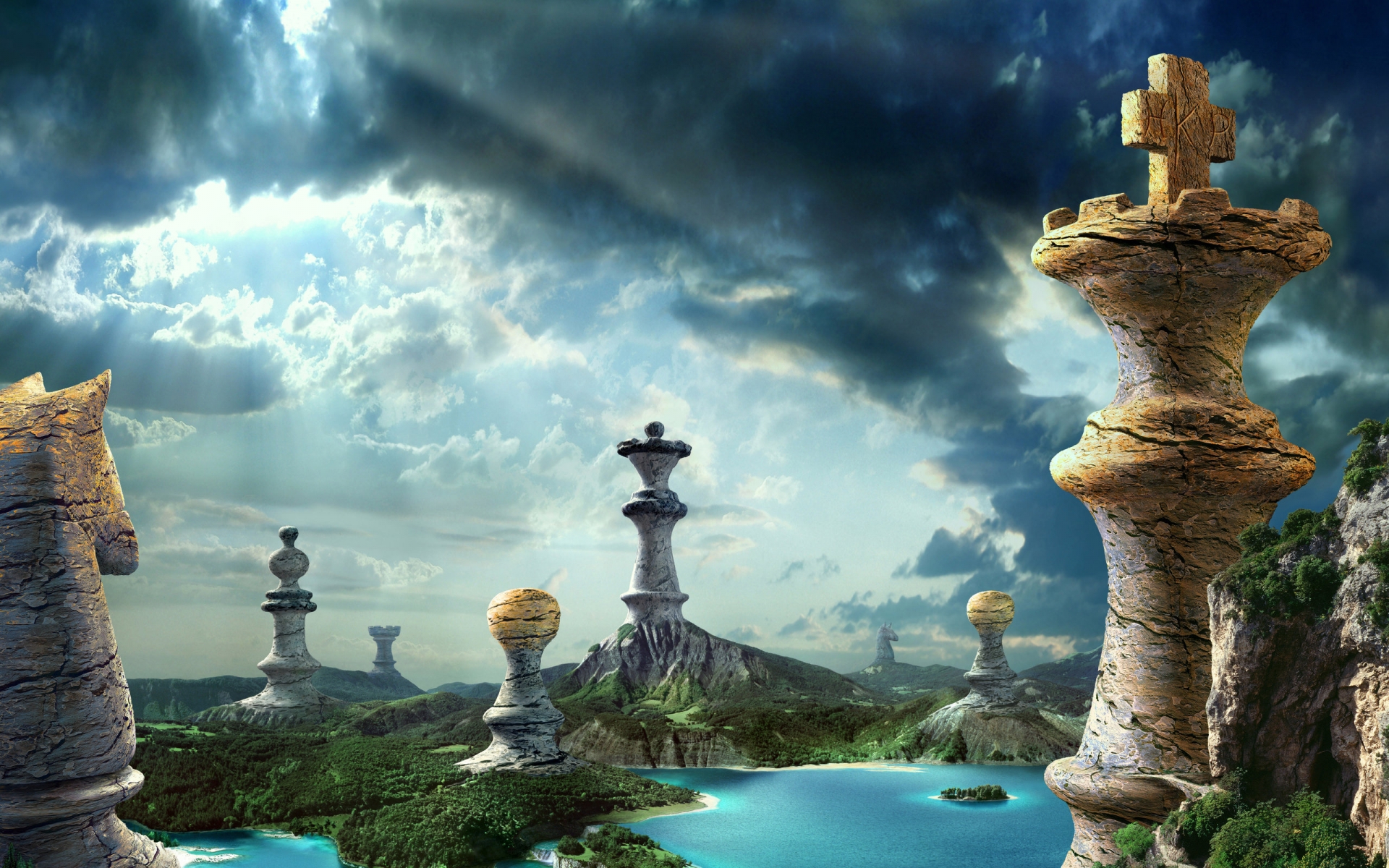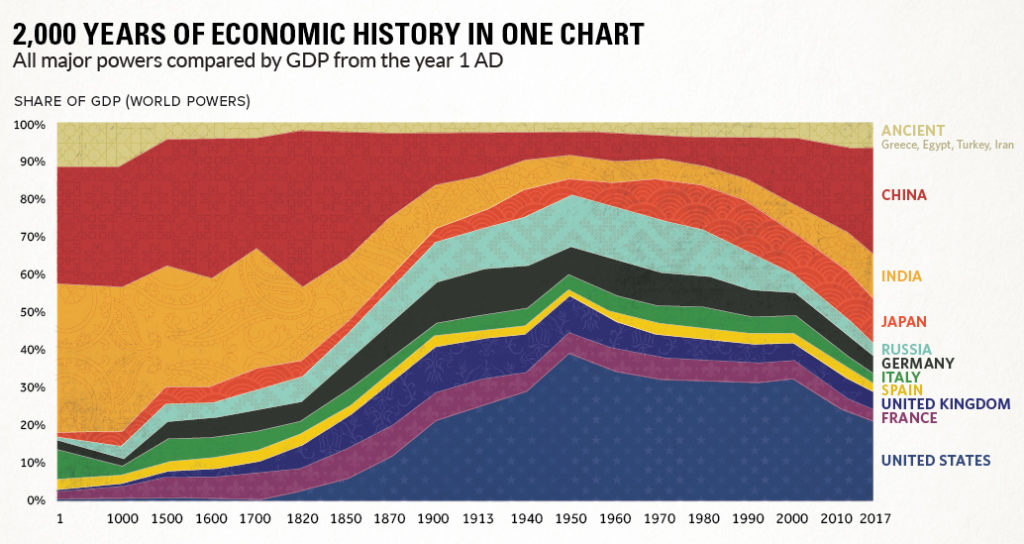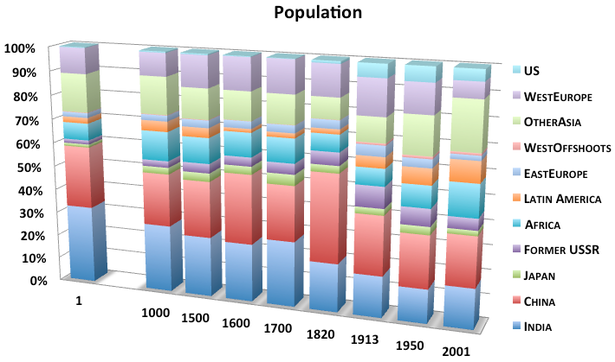What characterizes Western populism ? Matthew Goodwin, professor of politics at the University of Kent, gives the following answer:
In the aggregate, national populists oppose or reject liberal globalisation, mass immigration and the consensus politics of recent times. They promise instead to give voice to those who feel that they have been neglected, if not held in contempt, by increasingly distant elites.
Given the rise of populism in the West, what is so attractive about this opposition to liberal globalization, mass immigration and consensus politics? Some very basic human needs. And although one would expect every politician to address these needs, populists somehow manage to be more convincing to a growing group of people. Here they are:
- Populists tackle people’s cultural need to come home somewhere.
- Populists show that they realize that unlimited globalization leads to homelessness. A world that only facilitates free movements of people and ideas across the globe, makes people feel lost in their own country, city or street. ‘The world’ is too big and too diverse to provide a local neighborhood that feels safe and familiar. To feel at home somewhere, we need to understand the language of our neighbors, appreciate a common set of customs and attitudes, and share some basic values and convictions. Without these, a society becomes socially disintegrated and culturally perplexed.
- Populists tackle people’s social need to be seen and economic need to be protected.
- Populists show that they realize that people on the losing end of globalization, automation and robotics cannot keep hearing that these changes are unavoidable. They need politicians who can make them feel that they actually care about the ‘forgotten ones’ in society, and are willing to take an uncompromising stand in protecting their well-being.
- Populists tackle people’s political need for clarity and leadership.
- Populists show that they realize that people who are not trained to deal with complex issues can feel more and more lost in a world that gets more and more complicated. This group is not waiting for academic reflections on the uncertainty and ambiguity of things, but for a clear description of both the problem and the solution, and robust leadership when it comes to pursuing this solution.
So, here is the good news about Western populism: it raises awareness of some basic human needs that are currently insufficiently addressed, forcing other politicians to respond as well. The solutions that populists promote, are, however, not without a price:
- Populists promote nationalism at the cost of global collaboration.
- Protecting national cultures and economies won’t solve issues that still require international collaboration (cyber crime, nuclear risks, pandemics, international crime, global terrorism, climate change, etc.) It also won’t stop the dependency of countries on international trade. Somehow, the ‘art of the deal’ lies in combining all three: securing people’s cultural homes and securing international trade and securing the planet’s future. A juggle as difficult as it is unavoidable.
- Populists provoke disappointment by over-shouting themselves.
- In their effort to respond to people’s need for clarity and leadership, it is tempting for populists to bring a lot of misery in society back to one enemy or cause. Build a wall, leave the EU, stop the immigrants, fight Islam, and most will be well. This simplicity won’t last. One day, reality will reveal the true complexity of things – and who will people then believe? Somehow, the ‘art of the deal’ lies in offering a clear vision to people who deal with uncertainties, a vision that secures people’s well-being and keeps everyone participating, but without hiding unavoidable costs and difficulties.
Here are 2 lessons for Western politics we can draw from the above:
- Don’t make people choose between nationalism or globalism, but invest in both a cultural home and collaboration across borders.
- Don’t make people choose between compelling simplicity or realistic complexity, but invest in the clarity and leadership that is required to keep everyone on board in a transitioning society.
This last point I will pick up in a later blog.


